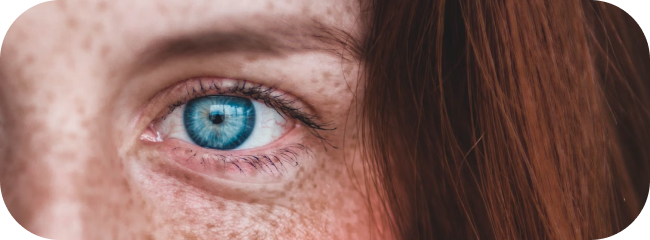
Ophthalmology
in Moldova:
Vision for
Healthy Eyes
In Moldova, ophthalmology is a vital area in ensuring the visual health of the population. Ophthalmologists in Moldova are dedicated to providing high quality eye care, using modern technologies and advanced treatment methods to maintain and restore eye health.
OPHTHALMOLOGY
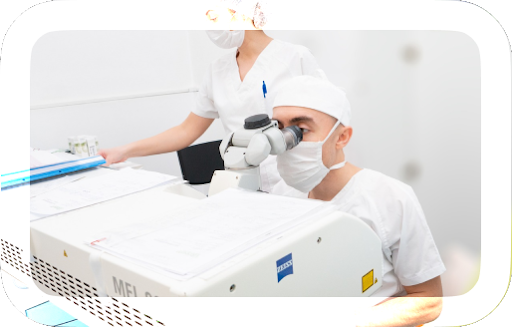
The term “cataract” comes from Greek and means “waterfall.” This comparison suggests the idea of an opaque film covering the pupil, similar to a cascade of water. The eye’s lens, normally transparent, can become opaque. This opacity, responsible for diminishing vision quality and, if left untreated, for its loss, is known as cataract.
- genetic predisposition;
- eye traumas (mechanical or chemical);
- exposure to polluted environments;
- certain eye conditions (such as glaucoma or severe myopia);
- endocrine disorders (like diabetes, vitamin deficiencies, metabolic issues);
- prolonged use of certain medications;
- smoking;
- other factors.
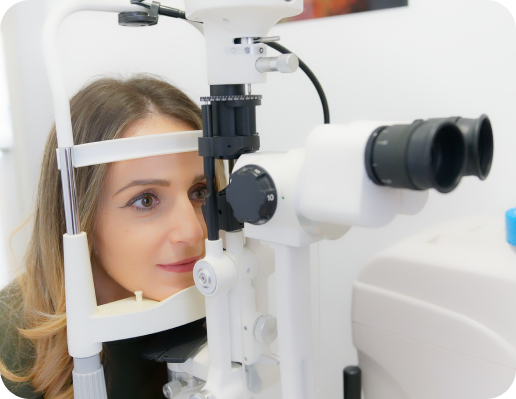
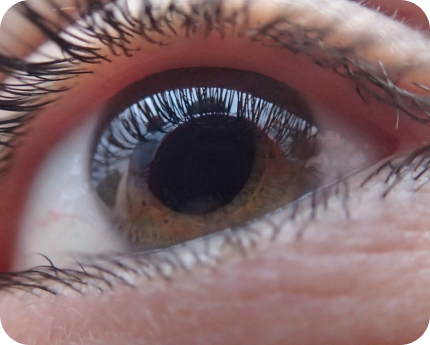
The clinical manifestations of cataracts vary depending on the size and positioning of the opacity on the eye lens. In some cases, you may not realize you are developing cataracts, emphasizing the importance of regular medical check-ups, including detailed eye examinations. If the opacity is at the edge of the lens, you may not notice any change in vision quality. On the other hand, the closer the cloudy area is to the center of the lens, the more pronounced the visual symptoms become.
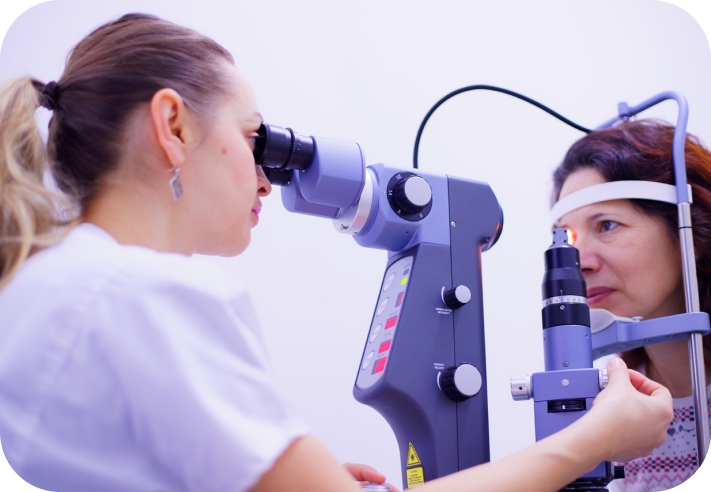
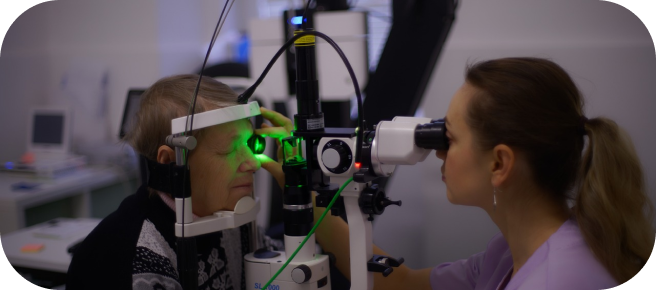
Among the common symptoms are blurry vision of objects with fuzzy outlines, especially in bright light conditions. You may experience double vision and become more sensitive to light (photophobia). There may also be a difference in visual acuity between the two eyes. In advanced cases, the pupil, which is normally black, may acquire a white or yellowish hue.
Congratulations on taking the step to consult a doctor! Only a qualified professional can diagnose the presence of cataracts. The examination process is completely painless. Using specific equipment, an ophthalmologist will inspect the eye’s center, evaluating the lens to identify any anomalies in type, shape, and location. During the diagnosis, tests will be conducted to evaluate visual acuity and intraocular pressure, check the visual field, and perform ultrasound and electrofysiological analyses to examine the retina.
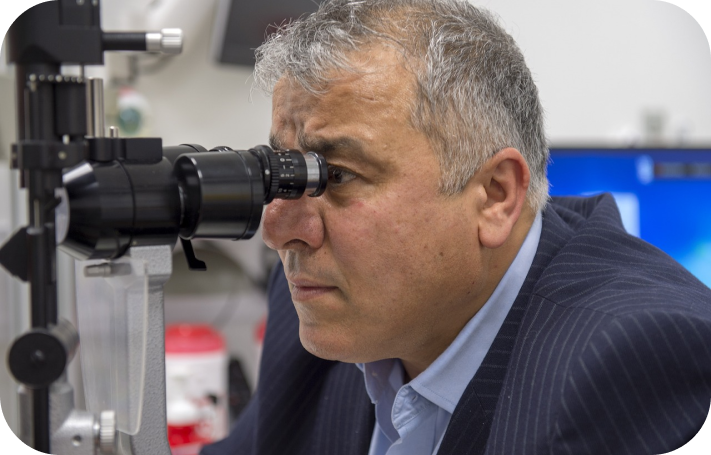

Surgical intervention to remove the lens affected by cataracts and replace it with an artificial intraocular lens (IOL) is the only effective treatment for this condition. It is important to understand that no other method – such as eye drops, special corrective glasses, diets, or physical exercises – will eliminate cataracts.
Surgical Approach
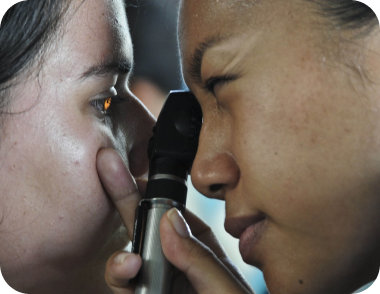
1. Surgical intervention for cataracts, performed with state-of-the-art micro-ophthalmic techniques, should not be a cause for concern. The process involves removing the opaque lens through a micro-incision, followed by implanting an intraocular lens. This new lens is positioned in the capsular bag.
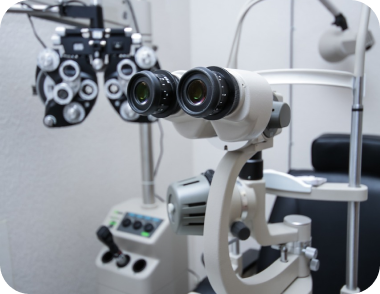
2. Thanks to modern advancements in surgical technique and the availability of advanced equipment, cataract surgery currently has significant success rates in most cases. The procedure is short-lived – only 10-15 minutes.
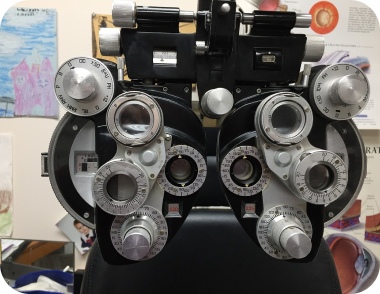
3. After surgery, most patients can resume their normal activities, including work, reading, or watching TV. However, it is important to note that concomitant conditions of the optic nerve or retina may influence the final outcome of the operation.
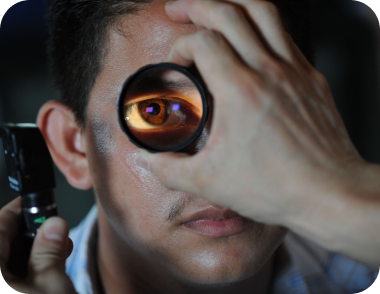
4. In preparation for the intervention, routine tests will be prescribed a few days in advance to ensure the absence of acute inflammations or exacerbations of chronic diseases. On the day of the intervention, you will be administered drops to dilate the pupil and possibly a mild sedative for relaxation.
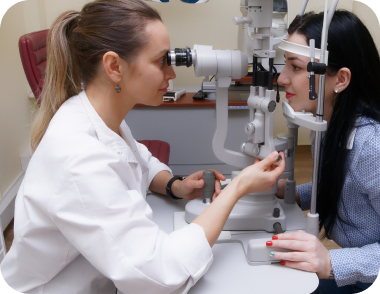
5. State-of-the-art technology used in the eye microsurgery center includes phacoemulsification, a method by which the opaque lens is fragmented with the help of ultrasound and then aspirated, followed by implantation of a flexible intraocular lens.
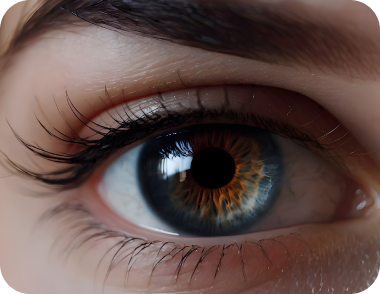
6. This minimally invasive technique requires such a small incision that it heals on its own, without the need for sutures. In cases involving incisions larger than 3 mm, an extremely fine surgical thread is used for suturing.
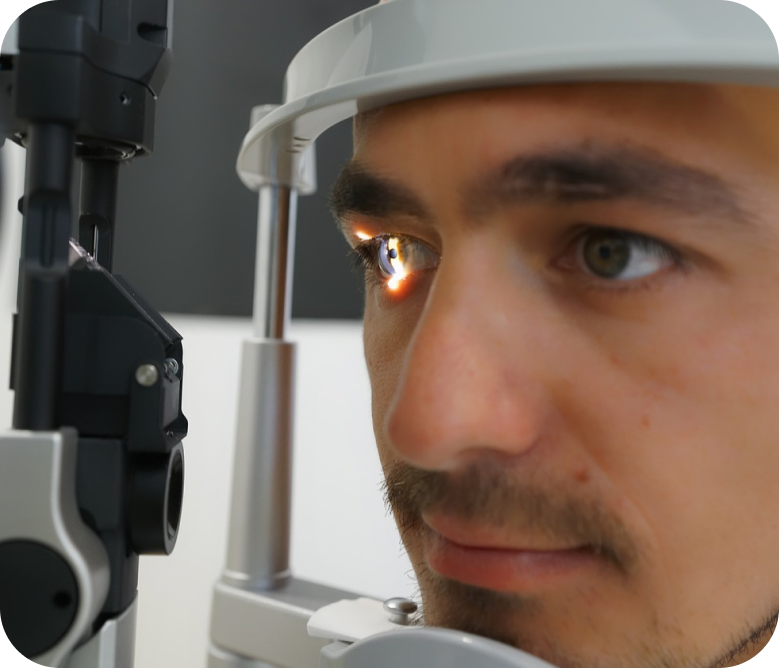
There are a variety of intraocular lens models available (including spherical, aspheric, multifocal, toric, etc.), allowing the doctor to select the most suitable option for each patient’s specific needs. The optical power calculation of the lens is based on individualized measurements, taking into account the structural peculiarities of each person’s eye. For this, our clinic uses the state-of-the-art IOL-Master 700 device, capable not only of performing precise measurements but also of providing detailed images of the evaluated ocular structures, such as the cornea, lens, and macula, due to SweptSource OCT technology. This ensures superior accuracy in determining IOL power, thus minimizing the risk of post-operative refractive errors.
Professional preferences and the patient’s lifestyle are also taken into consideration. If your daily activities include driving, sports, or other activities requiring clear distance vision, a lens that reduces dependence on glasses will be chosen.
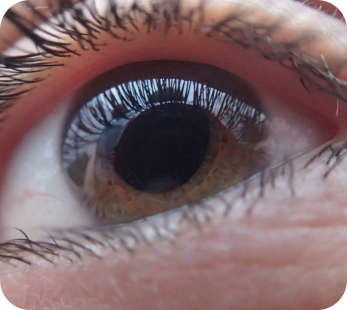
If your activities involve frequent reading or writing, an appropriate lens can eliminate the need for glasses for these tasks. In exceptional situations, in the presence of severe concomitant eye pathology, the doctor may consider that implanting an intraocular lens is not the best option.

You will undergo a LASIK procedure, which uses excimer laser to correct vision defects such as myopia, hyperopia, and astigmatism. LASIK technology leads the global options for refractive surgery. The procedure is performed directly on the cornea, the transparent part of the eye, without penetrating its interior, and aims to adjust the optical power of the eye. High-precision instruments are used, including a lamellar microkeratome and an excimer laser for corneal sculpting. The intervention is painless and quick, lasting less than 5 minutes.
Our clinic has been offering laser vision correction services since the beginning of 2001, with over 15,000 procedures performed by our medical team. The vast experience combined with continuous training allows us to anticipate and achieve excellent results for our patients with remarkable precision. We use state-of-the-art laser equipment, extremely precise, operating at an ablation frequency of 500 Hz. It is equipped with an advanced monitoring system, which allows detailed recording of each patient’s data, specific intervention parameters, and the performance of minimally invasive and personalized procedures, ensuring exceptional accuracy.
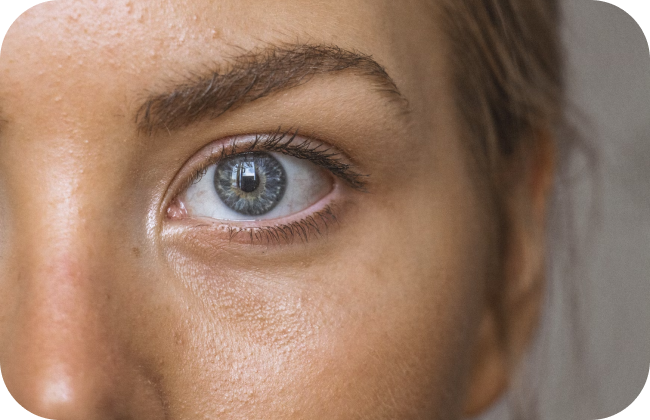
Refractive Laser Surgery with Laser and Preparation
Pre-Surgery Tests and Consultations
Performing the medical tests recommended by the specialist doctor. Avoiding wearing contact lenses 7 days before the procedure. Abstaining from using any cosmetic products, makeup, or perfumes on the day of the surgical intervention. Thoroughly washing the hair and face the day before the surgery.
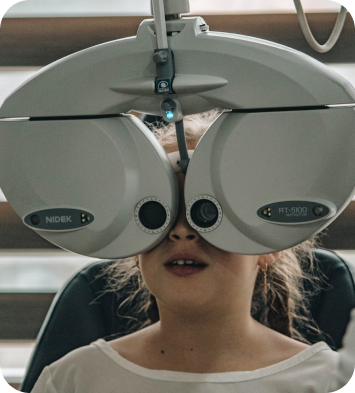
General blood analysis. General urine analysis. Testing for syphilis, surface antigen of hepatitis B (HBsAg), and antibodies for hepatitis C virus (HCV). Consultation with an ENT specialist. Consultation with a general practitioner.
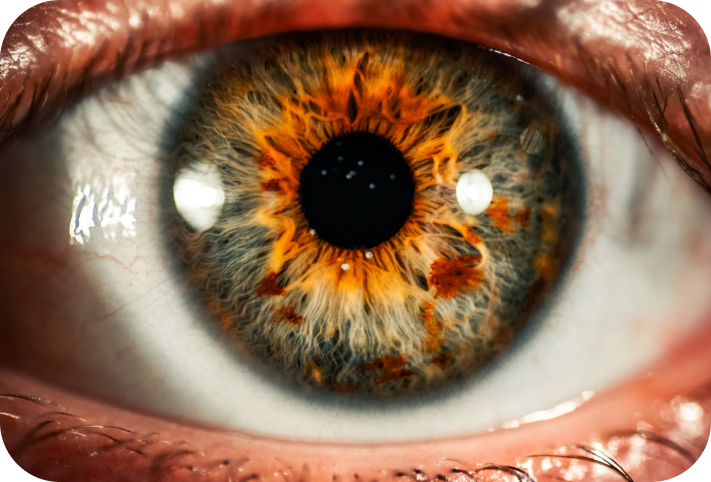
According to international standards, the implantation of an intraocular lens is considered successful if the postoperative visual acuity exceeds 0.5. An analysis of over 300,000 cataract surgeries in various European countries has revealed that after the surgery, 61.3% of patients achieved a corrected visual acuity of 1.0 or even higher, indicating a significant improvement in vision following the implantation of the artificial lens.
It is important to mention that there are cases where the postoperative visual acuity may not reach the threshold of 0.5, especially if the patient has other concurrent eye conditions or if complications related to cataracts occur. In these situations, post-surgical visual results may be less favorable compared to uncomplicated cataract cases.
